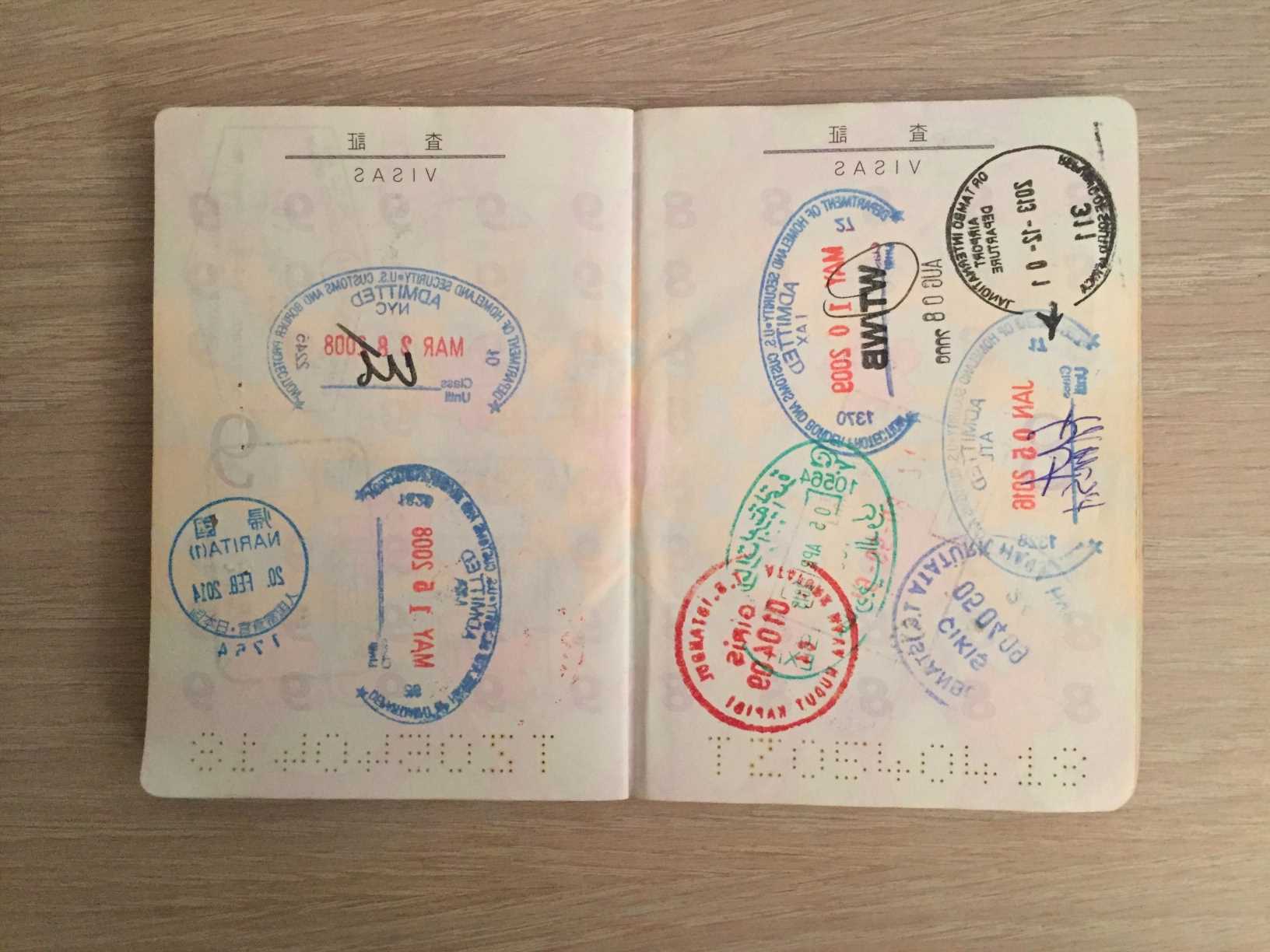Remains of new human species found in S.African cave
We use your sign-up to provide content in ways you’ve consented to and to improve our understanding of you. This may include adverts from us and 3rd parties based on our understanding. You can unsubscribe at any time. More info
The species has been named Homo bodoensis and it is thought that they lived during the Middle Pleistocene era. Researchers believe they are a direct ancestor of modern humans. The name bodoensis comes from a skull found in Bodo D’ar in Ethiopia.
According to experts, this is a crucial period in history as it also saw the rise of our own species (Homo sapiens) in Africa, and our close relatives the Neanderthals (Homo neanderthalensis) in Europe.
But this period is also somewhat of a grey area in history, with a gap in the knowledge of experts about the nature of human evolution during this time.
Paleoanthropologists call this time “the muddle in the middle”.
Lead author, Dr Mirjana Roksandic, from the University of Winnipeg in Canada, said: “Talking about human evolution during this time period became impossible due to the lack of proper terminology that acknowledges human geographic variation.”


With this new classification, H. bodoensis will be used to describe the majority of Middle Pleistocene humans from Africa and some from southeast Europe.
According to Christopher Bae, a co-author of the study from the department of anthropology at the University of Hawai’i at Manoa, the new classification has the purpose of “cutting the Gordian knot and allowing us to communicate clearly about this important period in human evolution”.
Dr Roksandic said: “Naming a new species is a big deal, as the International Commission on Zoological Nomenclature allows name changes only under very strictly defined rules.
“We are confident that this one will stick around for a long time, a new taxon name will live only if other researchers use it.”
But this is not the first time in recent months that we have seen a breakthrough in the field of Antrhopolgy.

Back in August, archaeologists found the ancient DNA in the remains of a woman who died 7,200 years ago in Indonesia,
The stunning discovery changed our understanding of the migration of early humans.
The remains of the teenager were given the name Bessé and were unearthed in the Leang Panninge cave on the Indonesian island of Sulawesi.
The DNA was extracted from the petrous part of Bessé’s temporal bone, which is part of the inner ear.
DON’T MISS
‘Once in a lifetime’ Roman statues found during Buckinghamshire dig [REVEAL]
Brits face higher energy bills as France unveils Brexit ‘sanctions’ [INSIGHT]
AstraZeneca and Pfizer jabs linked with new side effect [REPORT]


The researchers said that the intact DNA was a very rare find.
Initial excavations Indonesia were undertaken in 2015.
The discovery was thought to be the first time that ancient human DNA has been discovered in Wallacea, the large chain of islands in the ocean between mainland Asia and Australia.
The findings from the latest study were published in Evolutionary Anthropology Issues News and Reviews.
Source: Read Full Article


